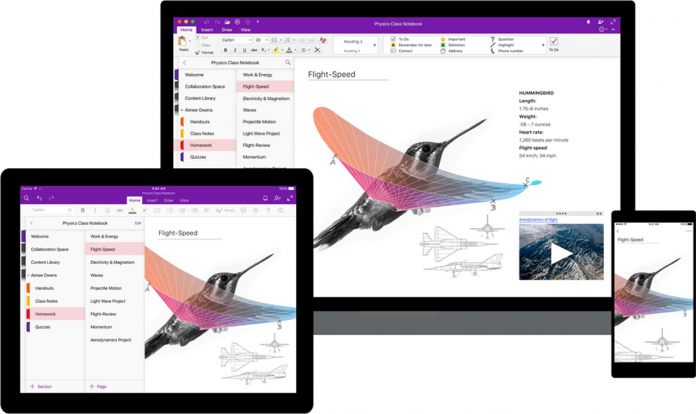Microsoft says it has plans to discontinue the translation feature in OneNote for Windows 10 starting November 2023. While the application will remain supported, users attempting to access the translation feature will encounter an error message. This decision aligns with the recent developments surrounding OneNote for Windows 10, which has seen a shift in its position within Microsoft's suite of applications.
Continued Support and Alternatives
Despite the deprecation of this specific feature, OneNote for Windows 10 will continue to function, ensuring no data loss for its users. For those who rely on the translation capabilities, Microsoft has provided alternatives.
Users can download OneNote for free from the Microsoft Store, which offers the familiar translation experience. Additionally, subscribing to Microsoft 365 packages, such as Microsoft 365 Family, Personal, Business Standard, Business Premium, Apps for Business, or Apps for Enterprise, will enable users to access the translation feature as they did in OneNote for Windows 10. It's worth noting that OneNote is not supported in Office Home & Student and Microsoft 365 Business Basic.
Background and Context
OneNote for Windows 10, also known as the OneNote Universal App, was initially introduced as a major component of the Windows 10 Universal Apps. It was envisioned to replace the traditional OneNote client. However, the application faced challenges in adoption, especially among enterprise users.
Following the decline of the UWP (Universal Windows Platform) idea, the x86 client of OneNote regained its prominence. As of now, OneNote for Windows 10 is officially retired, with only the older version available in the Store.
The UWP version can still be downloaded and installed via a direct link and will receive official support until October 2025. After this period, it will no longer synchronize content. As a precursor to this, Microsoft will remove the backend support for the translation feature in November, rendering it non-functional even though it remains visible in the app.






